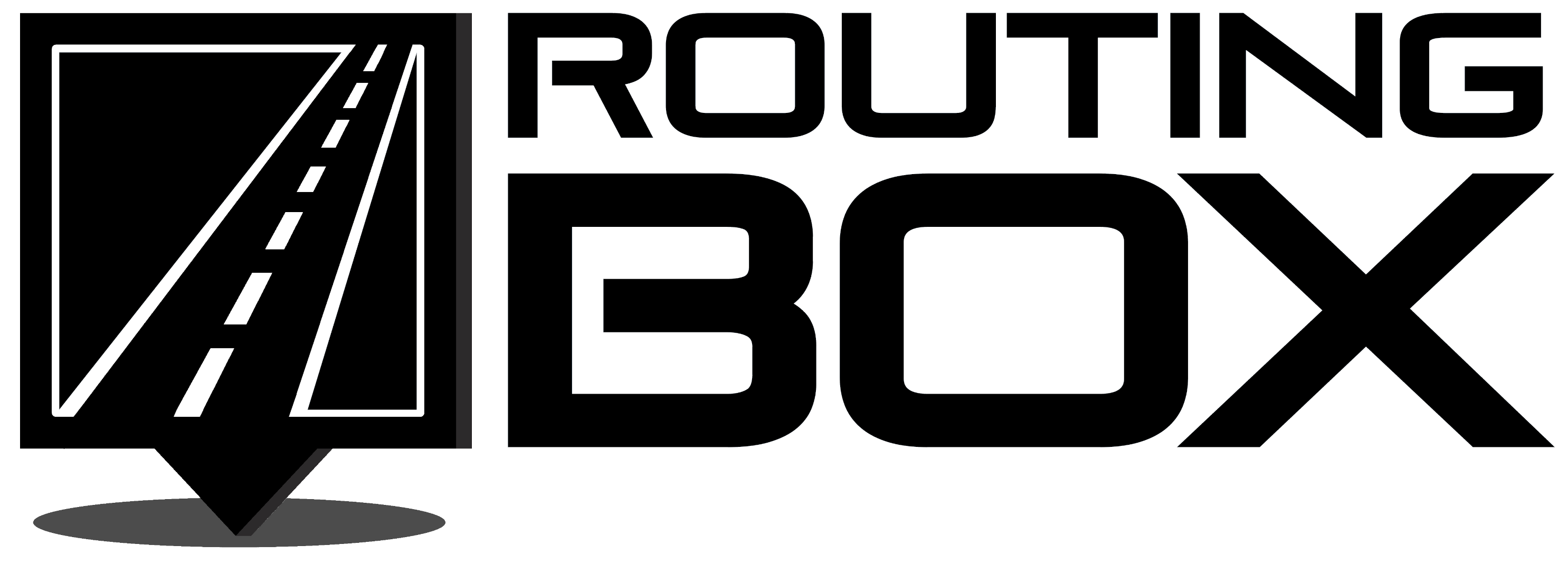BLOG
Building Trust with Customers Through the Use of Software in the NEMT Industry
December 15, 2022
Introduction
One of the most important mindsets to have when using any type of software is trust in the product you are using. Trusting the software to work as expected and providing accurate information is the largest selling point when purchasing a software product in the first place. The way we see it here at RoutingBox, there are three main questions a product must answer to help build that level of trust: is it transparent, is it accurate, and is it adaptable.

Transparency
Nothing helps to build trust in the software you are using better than having a product that is extremely transparent. For example, in the NEMT industry, customers can utilize an application on their phone to schedule trips without having to talk to anyone. They can see exactly who is coming to pick them up, what vehicle the person is driving, and what time they’re going to arrive. Drivers who are using the same product to then pick up a customer can view information regarding the customer’s specific needs prior to picking him/her up. Having this level of transparency lets the customers know that there is not a lot “hidden behind closed doors” so to speak.
A company that is as transparent as its product makes for an even better user experience. Frequent contact with customers about changes in the software shows that the product is constantly being worked on and improved, and is not in a stagnant state. By making positive improvements in the software based on user feedback, customers can know that they are being listened to and that their needs are being addressed (if possible of course).
Software companies usually find out about changes in the industry first so they can adapt their products and make sure they still work. However, providing customers with this same information helps to show that they can count on you to provide them with information they would not normally get from outside sources, and again helps to show that the product they are using is being kept up to industry standards.
Accuracy
There’s nothing more frustrating than being presented with inaccurate information. Data validation, above all else, is most important when attempting to build trust between a software product and a customer. If the customer knows that everything they see on the screen is legitimate, then they can have the utmost confidence when using the product. If the information presented is not accurate, the customer will soon find themselves looking for a new product to use.
For example, in the NEMT industry, nothing is more important than making sure your drivers are going to the correct locations to pick up a client. If the client’s address is not validated properly, and the driver ends up at the wrong location, both parties are going to be extremely upset. If the client is in a wheelchair and the software does not accurately display this information to the dispatcher, and they send an unqualified driver to pick up said client, both parties are again going to be extremely upset. In short, if a customer’s trust level in technology is low, and then they start dealing with inaccurate information ruining their business, bad things are going to happen. In this industry, drivers need to know that the address they are driving to is legitimate, how to get to the address in an efficient manner, and that the client’s needs are spelled out to a “T”.
Accuracy is also extremely important for auditing purposes. If a company thinks that an employee is not doing his/her job very well, they can easily pull up that information. If they think that a driver is saying they picked up a client when in actuality the driver is sitting at home watching TV, companies can track the geo-location of the driver’s device to disprove that statement. In this industry, companies need to trust that the software product they are using will both track this information and provide access to the information when necessary. Companies need to trust that they can manage situations like above in a professional manner and discipline the “bad apples” when situations like these occur.
Adaptability
It’s very easy to adapt when using technology. If changes need to be made, they can be made easily and quickly without breaking the flow of a company’s day-to-day operations. If a driver is sick or late, a company can easily move assignments around and make sure all of the clients said driver was going to pick up are taken care of. Preventing the flow of a company from being interrupted is very important to providing exceptional service to clients. If the customer’s needs change, the software a company is using is able to immediately reflect this so the transporter provides them with the appropriate service they need.
All of these types of changes are extremely difficult with a “paper and pen” style of work. Using the example from above of a late driver, without technology a company would have to single-handedly contact each driver to let them know their priorities have changed, whereas software can just simply display this information to each driver within seconds.
A software that is moldable and easily adaptable is very attractive to customers because it shows them that any new business standards and industry changes can be made immediately, and possibly without affecting the look, feel, and interaction with the software itself. Customers can trust that if they have a specific need for their business to operate, that the software, more often than not, can meet that need and satisfy all parties involved.
Conclusion
All of this trust building amounts to one thing: execution. Clients can rely on the software scheduling their trip accurately, and use the same software to verify that it is actually happening. Drivers using the program can see all of the same client specific information, and be able to properly transport the client to his/her destination efficiently and safely. If there are any complications with a scheduled trip, the transporter can easily move things around and make changes so a client can still get to their destination. The transporter can also go back through past days to see what happened and act accordingly if anything went awry.
Companies trusting that the software they are using will help them execute everything they need to within a given day, trickles all the way down to clients trusting the transporter that they’ll be able to get to their destination safely and on time. Companies need to create a good image of themselves to increase sales and bring in more work. Having a piece of software that is trusted to be transparent, accurate, and adaptable makes everyone’s job that much easier.
Ready for a Test Drive?
From the beginning, RoutingBox has remained committed to removing barriers for transportation companies attempting to provide access to healthcare and community services. Now, we want to help you.
